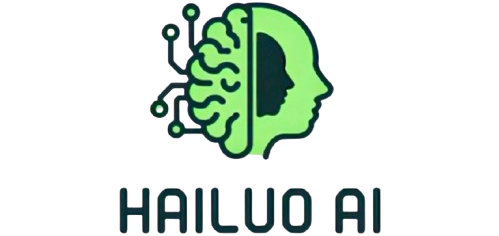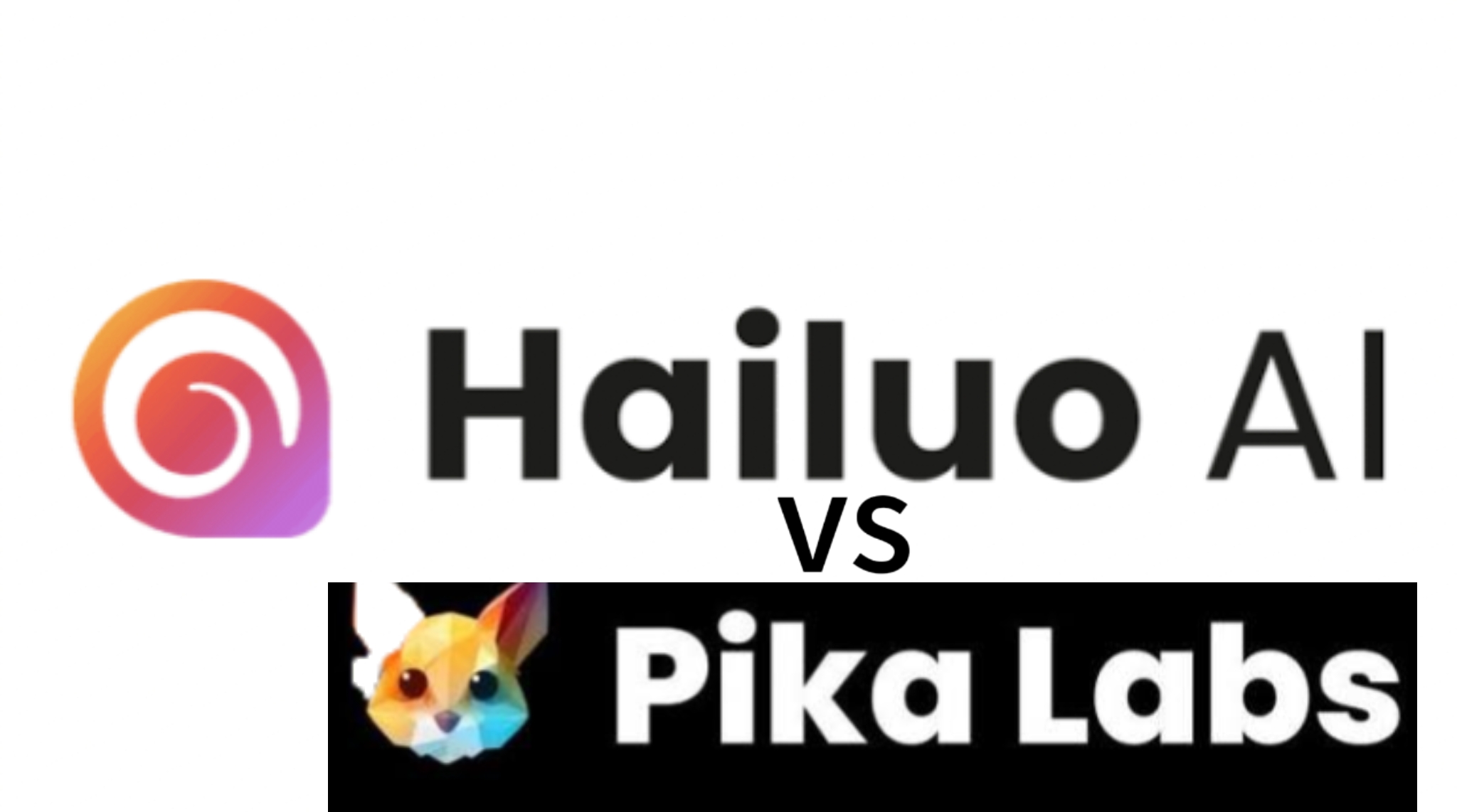The race to dominate text-to-video creation has intensified, and two platforms stand out as frontrunners: Hailuo AI and Pika Labs. Both offer the ability to transform written prompts into dynamic, visually striking videos, but they approach the process differently. Understanding the strengths and trade-offs of each will help creators, marketers, and businesses choose the tool that aligns best with their needs. Hailuo AI vs Pika Labs is not just a comparison of features—it’s a head-to-head test of creativity, speed, and overall output quality.
Hailuo AI vs Pika Labs
This comparison every creator and marketer runs when they decide to use AI for video production. This head-to-head shows real differences in how each platform interprets prompts, renders motion, and supports a production workflow. If you need fast, polished social clips or you want cinematic outputs that integrate into professional editing pipelines, this comparison gives you the clarity to choose the right tool and get results predictably.
Core Technology and Approach
Hailuo AI focuses on precision and stylistic versatility. Its algorithm is trained to interpret prompts with exceptional detail, often capturing subtle tone and mood shifts that many competitors miss. The rendering engine processes these interpretations into cinematic-quality videos, giving users control over factors like pacing, transitions, and framing.
Pika Labs, on the other hand, leans heavily on artistic flair and motion smoothness. It has developed a reputation for fluid animations and seamless scene changes, even when working with highly abstract prompts. This makes it popular among short-form content creators who value eye-catching motion above hyper-realistic detail.
While both platforms use advanced AI models, their output styles differ significantly. Hailuo AI tends to cater to professional storytelling, while Pika Labs thrives in social media-ready visual bursts.
Prompt Interpretation and Accuracy
When comparing Hailuo AI vs Pika Labs in terms of prompt interpretation, the difference is evident after only a few test runs. Hailuo AI excels at faithfully translating complex, multi-layered instructions into coherent visual sequences. If a user describes a futuristic city at sunset with rain-slick streets and neon reflections, Hailuo AI ensures that every element appears as specified, with minimal deviation.
Pika Labs often interprets prompts more loosely, prioritizing visual flow over strict accuracy. This can lead to creative, unexpected results that delight some users but frustrate those seeking exact matches to their ideas. Its strength lies in producing visually harmonious sequences that may reinterpret rather than replicate the original prompt.
Rendering Speed and Efficiency
Time-to-output is a critical factor for many creators. Hailuo AI offers fast rendering without sacrificing quality, especially in high-resolution formats. For longer, more complex projects, it provides consistent frame rates and minimal glitching, even in 4K exports.
Pika Labs is slightly faster in producing short clips, particularly when using default style settings. This makes it a strong choice for rapid content creation where speed outweighs deep customization. However, in long-form or high-detail projects, it can occasionally trade rendering speed for reduced frame clarity.
Visual Styles and Artistic Control
One of the defining differences in the Hailuo AI vs Pika Labs debate is the level of style control each offers. Hailuo AI allows granular adjustments in lighting, texture, depth of field, and even camera movement. This makes it highly adaptable for professional advertising, branded storytelling, and narrative filmmaking.
Pika Labs offers a curated set of artistic filters and animation presets that can drastically alter the look of a video with minimal effort. While these presets make content creation faster, they also limit customization for users seeking precise visual control.
Learning Curve and Usability
Both tools are beginner-friendly, but they cater to different types of learning curves. Hailuo AI’s interface is streamlined for professionals who want advanced features without unnecessary clutter. Its prompt refinement tools encourage iteration and make it easy to tweak outputs for perfection.
Pika Labs favors instant accessibility, appealing to users who want to see results within minutes of signing up. Its drag-and-drop features and real-time previews make experimentation quick, though advanced users may find themselves wishing for deeper configuration options.
Integration and Workflow Compatibility
For creators working across multiple platforms, integration is essential. Hailuo AI integrates smoothly with professional editing software such as Adobe Premiere Pro and DaVinci Resolve. This is a huge advantage for filmmakers and marketers who need to incorporate AI-generated footage into complex projects.
Pika Labs offers faster social media exports with pre-formatted aspect ratios for TikTok, Instagram Reels, and YouTube Shorts. Its workflow is built for creators who prioritize rapid publishing over post-production finesse.
Output Quality and Realism
When side-by-side comparisons are made, Hailuo AI often delivers more photorealistic outputs, especially in scenarios requiring accurate lighting, realistic character expressions, and environmental depth. Its videos feel like they could belong in a professional cinematic reel.
Pika Labs produces vibrant, stylized results that excel in surreal or abstract projects. While it can achieve realism in certain cases, its strength is in imaginative visuals that lean toward artistic expression rather than lifelike replication.
Community and Support
Both platforms benefit from active user communities, but their cultures differ. Hailuo AI’s forums and tutorials lean toward professional creators sharing technical advice, production workflows, and best practices. This environment benefits users looking to sharpen their skills and push the platform’s capabilities.
Pika Labs thrives on fast-paced community sharing, with users frequently exchanging quick tips, creative prompts, and short clips for inspiration. The energy is more casual, making it a welcoming space for experimentation.
Pricing and Value
Pricing structures can heavily influence the Hailuo AI vs Pika Labs decision. Hailuo AI’s subscription tiers are designed for scalability, offering more rendering hours and higher output limits at the upper levels. It’s a better fit for users who plan to produce a large volume of professional-grade content.
Pika Labs uses a lighter pricing model that benefits casual creators. While the cost per rendered minute may be higher for long-form projects, it remains accessible for those producing short videos on a regular basis.
Which Should You Choose?
The choice between Hailuo AI and Pika Labs ultimately depends on the creator’s goals. Those seeking precise prompt interpretation, professional-grade output, and advanced editing integration will find Hailuo AI the stronger option. Creators prioritizing speed, ease of use, and stylized visuals for rapid social media publishing will likely prefer Pika Labs.
Both tools are evolving rapidly, and their competition will continue to push the boundaries of AI-generated video. Staying updated with new features and testing each platform periodically is the best way to ensure you’re using the most effective tool for your needs.
Final Thoughts
Hailuo AI vs Pika Labs is more than a simple feature comparison—it’s a reflection of two different philosophies in AI video creation. One prioritizes precision, realism, and professional workflows, while the other thrives on speed, style, and accessibility. For creators willing to experiment, there’s value in mastering both platforms, using each where its strengths shine brightest.
Whether you choose one or blend both into your creative toolkit, understanding the distinct advantages of each will help you produce compelling, high-impact videos that resonate with your audience. In the ever-growing world of AI creativity, making the right choice can transform the way you tell your stories.

